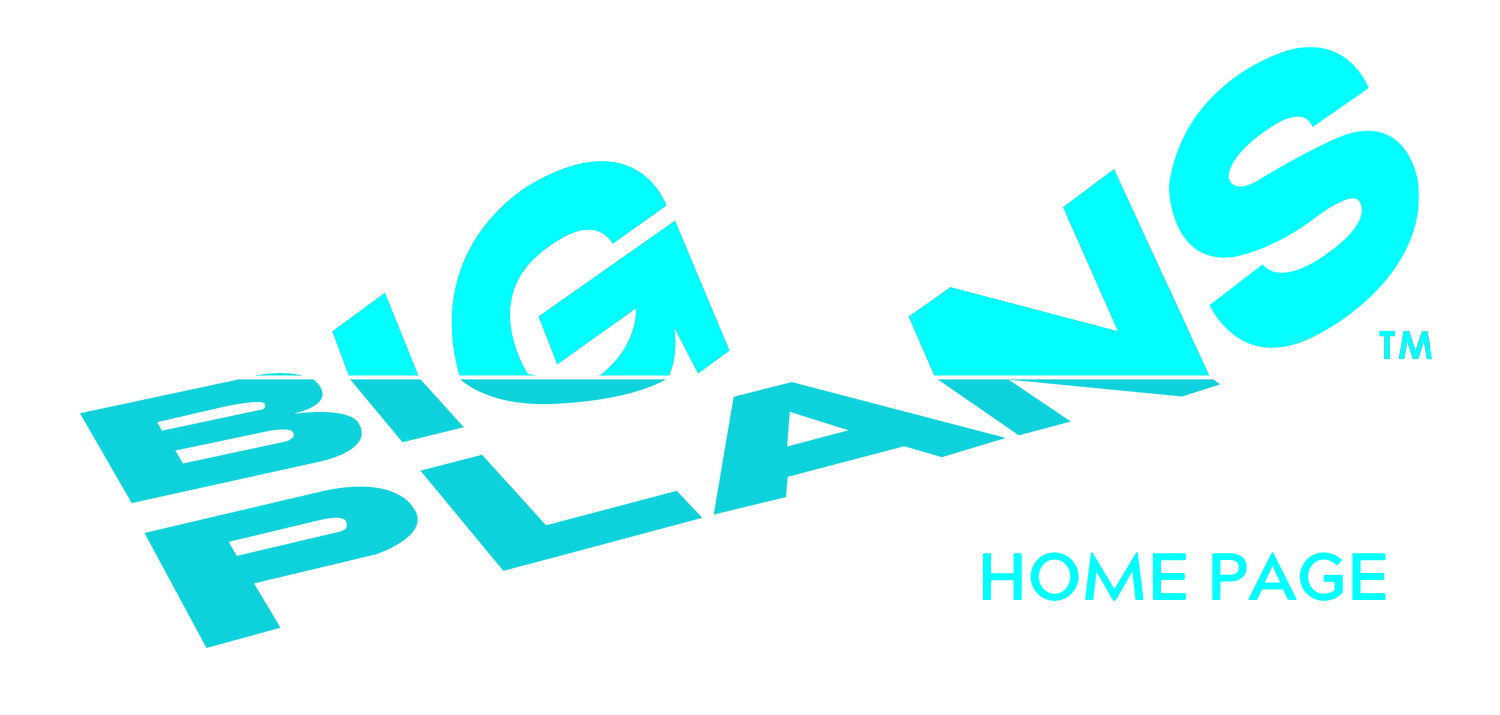Co-Design at Big Plans Melbourne.
Co-designing a forensic mental health facility
Co-design at its very core is about bringing key users and stakeholders together to design new products, services, and policies.
In the design of mental health services and facilities, co-design requires that people with lived experience of mental ill-health (including consumers, carers, families and supporters) are equal partners with clinicians, staff and other experts. It means they are involved at every stage in decision making - from problem identification to design, development, delivery, and evaluation. Co-design is not tokenistic: it is a genuine, authentic, respectful, and transparent process.
'Doing co-design means bringing together people with lived experience, professionals and other experts. It involves developing a shared understanding of the problem, defining the solution, and testing it.'
- Mental Health Reform Victoria
Forensicare has a strong history of co-design and an established co-design framework. This framework captures Forensicare’s commitment to an ongoing, effective, and engaging partnership with consumers, carers, families and supporters, valuing their knowledge and expertise in creating quality services, programs, and policies. It also provided a foundation for the project team’s co-design approach.
Forensicare has led the co-design process for the Thomas Embling Hospital expansion project, and together with the project team, has ensured that it aligns with the Department of Health’s Mental Health Lived Experience Framework, Forensicare’s Co-design Framework and Forensicare’s Model of Care 2021-2026.
Prototypes and full-size projection of the floor plan of the men’s and women’s precincts
When design entered design development phase, physical prototypes (made of foam) of the bedrooms, the seclusion suite and enhanced care suite and a full-size projection of the floor plan were created so users could experience the space and provide feedback.
The Co-design Lead walked around the layout with the consumers, testing the spatial practicality of the design and gathering feedback to take back to the project team.
Staff, project stakeholders and executives also had the opportunity to experience the space and provide feedback.
